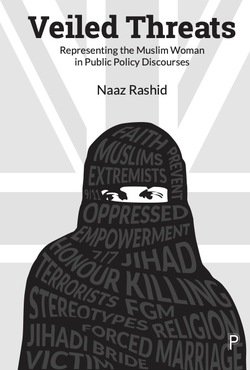By Rose M. C. Kagawa and Elise D. Riley
Background: Unstably housed women experience high levels of violence. While previous studies have investigated psychological, physical, and sexual violence, weapon and gun violence are rarely delineated. We examined factors associated with experiencing violence as an adult among unhoused and unstably housed women, with a focus on gun violence. Methods: We recruited women with a history of housing instability from San Francisco homeless shelters, street encampments, free meal programs, low-income hotels, and health clinics. Participants completed interviews including questions regarding both childhood and adult violence. We used multivariable logistic regression to examine associations of specific types of childhood violence (i.e., physical, sexual, gun, and other weapon-involved violence), age, race, ethnicity, educational attainment, and sexual orientation, with risk of experiencing specific types of violence as an adult (i.e., gun, other weapon-involved, physical violence). Because the violence outcomes were not rare, odds ratios were transformed to approximate risk ratios. Results: Nearly half of women (n = 110, 45%) had been attacked with a gun as an adult. Violent victimization in adulthood was common, with 33% having experienced all three forms of violence. The probability of being attacked with a gun as an adult was almost 70% higher among women who had been hit or kicked hard enough to cause injury as a child (RR = 1.68; 95% CI = 1.24, 2.11), and this association was present for all three violence outcomes. No other risk factors explored, including other types of violence experienced as a child, met the statistical threshold to be considered significant. Conclusions: The high prevalence of gun violence reported here is consistent with prior studies of violence conducted in similar populations. Considered in combination with prior research, findings suggest that multi-generational violence prevention interventions for low-income women and girls are needed. They also emphasize the need to more actively include people who experience unstable housing in statewide and national violence surveys to better understand the extent of the problem and address on a broader scale the high rates of violence experienced by unstably housed populations, which have been consistently documented in local research
Inj. Epidemiol. 8:52, 2021



